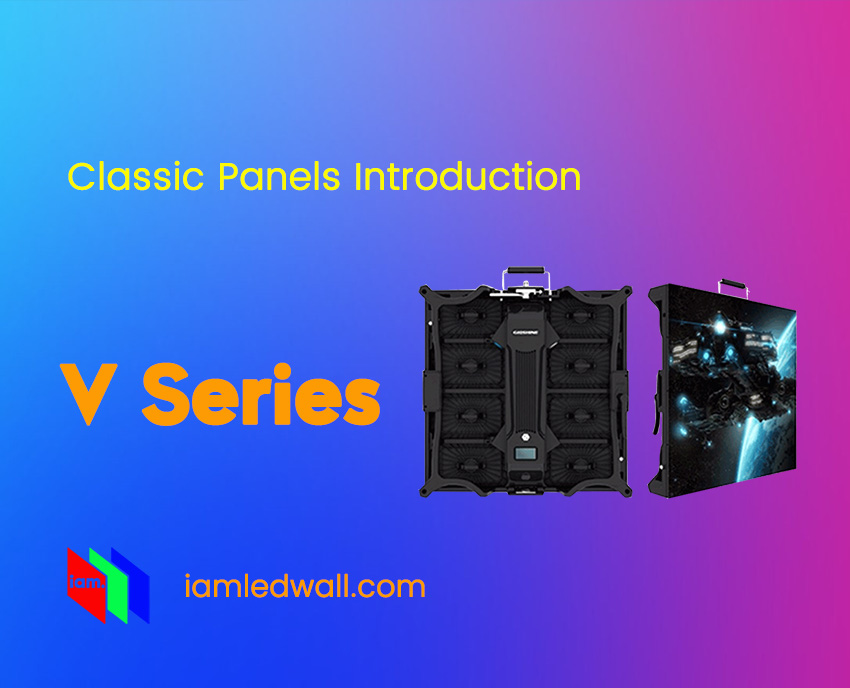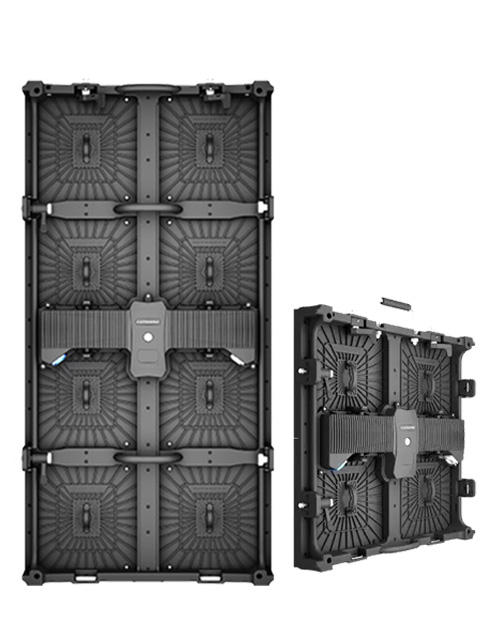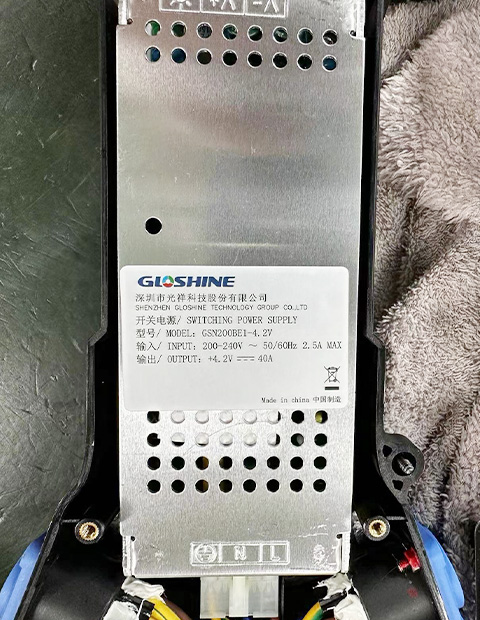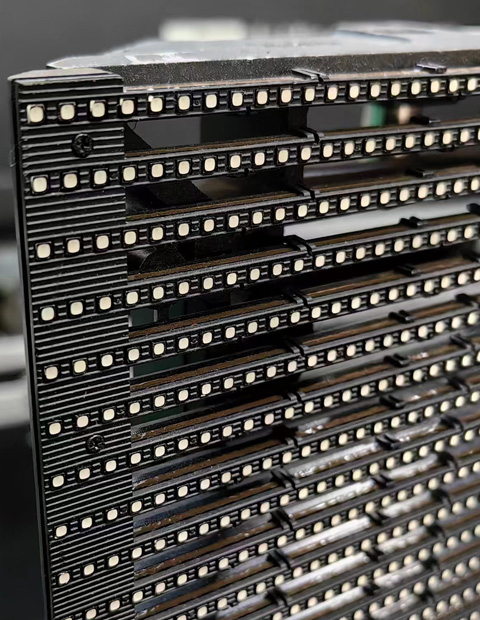LED video walls have become a popular choice for various applications, from advertising and entertainment to information display. To create a stunning visual experience, it’s crucial to ensure that your LED video wall is powered adequately. One of the key considerations in this regard is determining the number of power supply units required for your new or used LED video wall setup. In this blog post, we will discuss how to calculate the power supply units needed based on the number of LED modules.
Factors to Consider:
LED Module Power Consumption:
The power consumption of LED modules is a primary factor in determining the number of power supply units. Each LED module consumes a certain amount of power, which is typically specified in watts. Make sure to check the power consumption rating of the modules you plan to use.
Total LED Module Count:
Count the total number of LED modules you intend to use in your video wall. This number will be the basis for calculating the power supply units needed.
Power Supply Unit Capacity:
Power supply units come in various capacities, and you need to select one that can handle the combined power requirements of all the LED modules. Ensure that the capacity of the power supply unit (in watts) exceeds the total power consumption of the LED modules.
Related:
How to Calculate LED Display Power Consumption

How to Calculate Power Supply Units for LED Video Walls Based on Module Count
Generally, household electricity is 220V, while industrial electricity can exceed 220V or even 380V. The LED video walls are made up of LED modules that are seamlessly spliced into a large screen, or modules are spliced into cabinet, and then the cabinet are spliced into a large LED screen. However, the voltage of LED module is generally 5V, so it cannot be directly used with 220V or 380V AC. It can only be converted through a 5V LED driving power supply. So how to calculate the number of large LED screen power supplies based on LED module?
Here is a brief introduction by IAMLED USED LED display provider.
Tips:
The driving power supply of LED screens is generally 5V, which is divided into positive and negative poles. Therefore, do not reverse the positive and negative poles when wiring, otherwise a short circuit will occur. Generally speaking, There are 5V and GND marks for the power socket on the LED module , and the power supply marks are VCC (5V) and GND. GND is negative and 5V is positive.
Calculation method:
In fact, it can be calculated based on Ohm’s law in junior high school. That is, P (power) = I (current) * U (voltage). Generally speaking, conventional LED display driving power supplies are divided into two categories: 5V40A200W and 5V60A300W.
However, in order to ensure a longer service life of the LED power supply, it is generally not recommended that the LED module current exceeds the power supply current, or only use 80-90% of the power of the power supply to avoid overloading the power supply.
Assuming that the current of the P2.5 indoor LED display is 3.2A, then the quantity that one power supply can carry = 40A power supply * 80% (limit the current to avoid overloading of the power supply) / 3.2A module current = 10 modules . In other words, a 200W power supply can carry 10 modules of 3.2A P2.5LED indoor LED display.
However, if cabinet assembly is used and the number of modules in each cabinet does not exceed 10 modules, it is recommended that each cabinet be equipped with a power supply, that is, one power supply per cabinet. Convenient to connect the cabinet and the power supply, and the power cord between the cabinet and the cabinet.
The above is to calculate the number of power supplies based on the current of the LED modules of LED screens, that is, the number of cabinet modules. Assume that a large LED screen requires 67 P2.5 LED indoor displays in the horizontal direction and 35 modules in the vertical direction.
Then, the number of power supplies required horizontally = 67 modules * 3.2A (unit module current) / 32A (current of one power supply) = 214.4/32 = 6.7, whichever is higher, that is, 8 power supplies are required horizontally.
The number of vertical power supplies = 35 modules * 3.2A current / 32A = 3.5 units, whichever is higher, that is, 4 power supplies are needed vertically.
If calculated by power. Assuming that the peak power of the P10 outdoor LED display is 800W/㎡, then the number of power supplies required per square meter = 800W/200W (power supply power) = 4 power supplies.
Of course, if the work is not overloaded, then 5 power supplies can be used. In other words, the number of power supplies for one square meter of P10 outdoor LED display is 4 or 5. If a cabinet has 6 or 8 LED modules, then each cabinet requires 2 power supplies to drive the LED screen to operate normally.
Conclusion:
The above is a brief introduction by GDHANHENG on how to calculate the number of large LED screen power supplies based on the number of LED modules. The number of power supplies required for the number of modules in a unit area, or the number of power supplies required for a unit cabinet, can be calculated based on power, current or voltage.
Generally speaking, due to the small size of the die-cast aluminum cabinet of the indoor LED display, the conventional configuration is one cabinet, one card and one power supply, that is, one cabinet is equipped with one receiving card and one power supply.
For outdoor LED displays, if the unit module power or current is large and the unit cabinet area is also large, one cabinet, one card and one power supply or one cabinet, two cards and two power supplies are generally used.
Calculating the right number of power supply units for your LED video wall is essential to ensure proper functionality and longevity of your display. By considering the power consumption of LED modules and choosing a power supply unit with sufficient capacity, you can create a reliable and visually impressive LED video wall setup.



